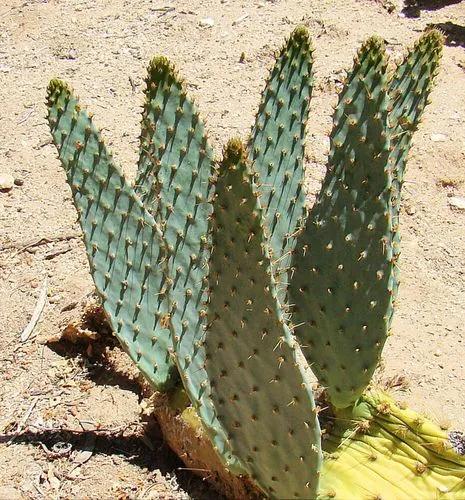Large-Flowered cactus (Selenicereus grandiflorus) is a proud member of the Cactaceae family. This plant is common in the southeastern United States, Mexico, and the islands of the Caribbean. It is an epiphyte that grows on trees and rocks. Fortunately, you can also grow this flowering beauty at home!
Large-Flowered cactus Care
Selenicereus grandiflorus



Large-Flowered cactus has long creeping greyish-green sprouts. In its natural habitat, Selenicereus grandiflorus can reach up to 33 feet (10 m) in length. The nodes often twist into barbed balls. The stems of the plant are slightly wavy. Small areoles are covered with fluff and thorns, which fall off as the plant grows older. Fruits are egg-shaped and purple.
How to Care for the Plant

Water

You can water your cactus only after the topsoil is completely dry. Make sure the water is settled and soft. Avoid excessive moisture! Your greenie can die due to waterlogging. During the winter months, Large-Flowered cactus should be watered sparingly.

Pruning

Selenicereus needs systematic tying and shaping. Your green pet will also be grateful for some support! You need to tie the sprouts to a supporting construction and cut off any stems that have grown too long or look unattractive. At the same time, the plant does not need full-fledged formative pruning. Cut sprouts only when necessary.

Fertilizer

Since Selenicereus grandiflorus grows fast, it needs frequent feeding. Use special mineral complex fertilizers for cacti. You can fertilize your green pet once every 1.5–2 weeks. Feed the plant throughout the growing season, from early spring to late autumn. While the cactus is in dormancy, no fertilization is needed.

Sunlight

This is a sun-loving plant. You can place your greenie next to a south-facing window. It’s not afraid of direct sunlight and blooms much better in a sunny place!

Soil

Selenicereus grandiflorus grows best in a fertile soil mix containing humus. The growing medium must be permeable to air and water. You can use ready-made cactus soil with expanded clay or vermiculite. To prepare the mix, combine 1 part of coarse sand with 2 parts of turf soil and add loosening ingredients.

Propagation

The easiest way to propagate your cactus is by cuttings. To do this, cut a long stem and divide it into small fragments. Leave them to breathe fresh air, dry the cut points, and plant them in the prepared soil mix. Alternatively, you can grow a cactus from seed.

Temperature

In spring and summer, Large-Flowered cactus thrives in temperatures of 64-77°F (18-25°C). With the onset of winter, make sure to move the plant to a cooler place. Keep the temperature at 50-54°F (10-12°C) in the cold season. The minimum this tough cactus can handle is 36°F (5°C)!

Container

The container for the Queen of the Night cactus should be large enough to accommodate its long sprouts and a drainage layer. You can also poke a hole in the bottom of the container to drain excess liquid. Keep im mind that young plants need frequent repotting!

Fun fact

Shortly before dawn, older specimens of the Queen of the Night cactus open their flowers, but they wither again just a few hours later. This is where this plant species’ common name came from! This event occurs only once a year and fascinates hobby gardeners and visitors of botanical gardens alike.

Popularity

29 people already have this plant 17 people have added this plant to their wishlists
Discover more plants with the list below
Popular articles






